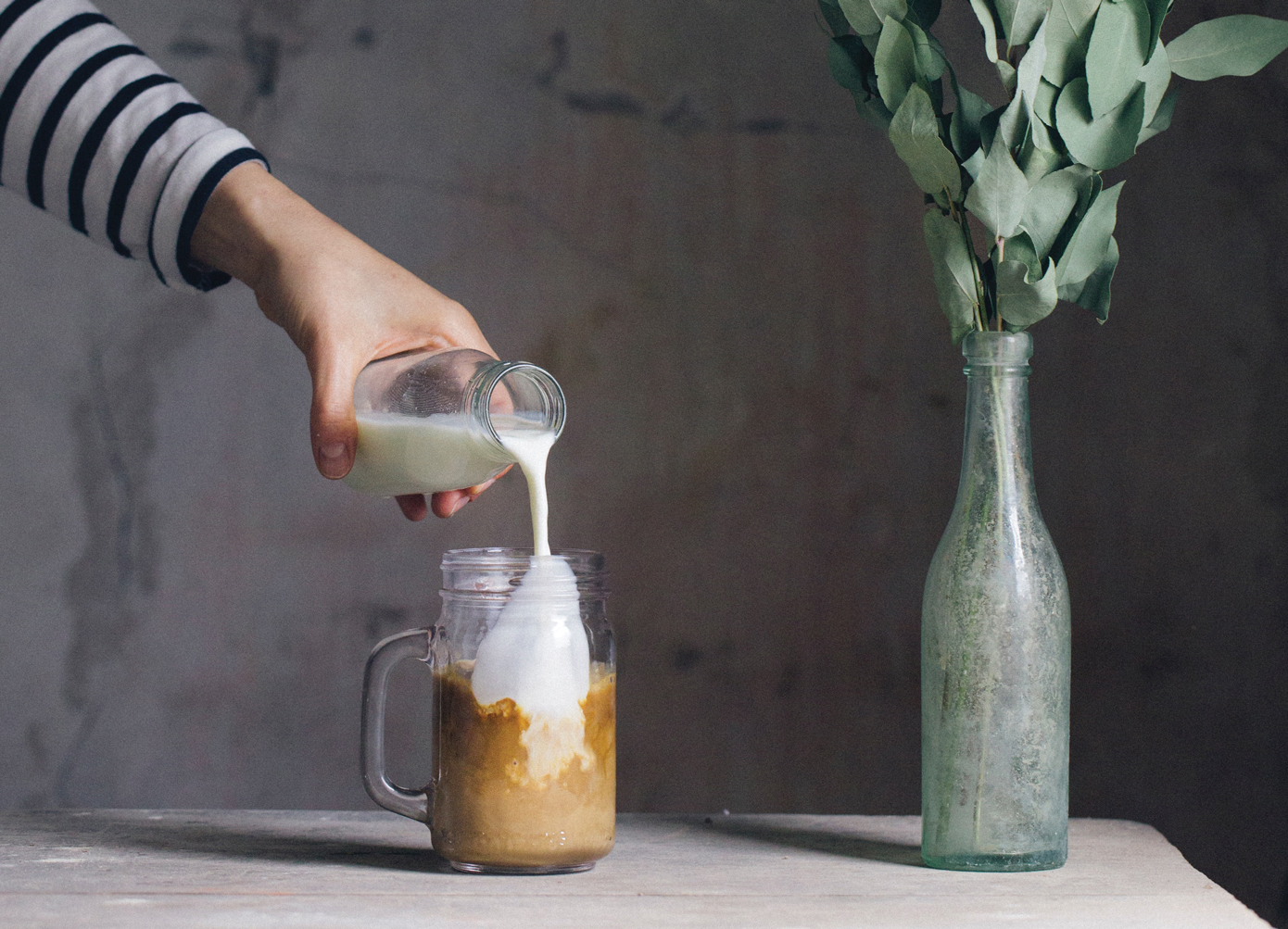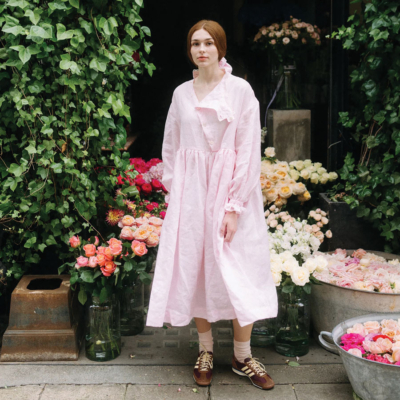Holly Hughes boils it down …
As many of us face once more into the remote working breach, continuing to bid a prolonged and indefinite “A bientôt!” to watercooler chat and after-work drinks, I find myself mourning but also interrogating the hallowed structures that defined my pre-lockdown working life. One of these was my caffeine dependence: an intense and unwavering obsession that meant I was on first-name terms with too many baristas within a 300m-metre radius of my office.
Apart from the headaches, occasional tremble, teeth stains, and sheer expense, I believed this addiction harmless, frivolous, and insignificant to the world at large. That was erroneous.
Approximately 500 billion cups of coffee are consumed globally each year, with over 70 per cent of Irish people consuming more than one cup a day. This singular cup of black coffee, from cultivation to pour, has an average carbon footprint of 21g. While this might sound minimal, extrapolated out to 500 billion it is anything but. And this is before we add milk, sugar, and misjudged kettle measurements into the equation. (I should mention here, I am talking about taking our coffee at home.)
Boiling more water than needed can double a coffee’s carbon footprint while milk is responsible for 60 per cent to 90 per cent of its impact. To put it bluntly, a mere dash of milk in your coffee or tea creates more CO2 than boiling the necessary water. To put it tangibly, three large milky coffees a day creates the same annual carbon footprint as flying half way across Europe.
Suddenly, my liquid pick-me-up doesn’t seem quite so innocuous and my chirpy advocacy for KeepCups feels slightly irrelevant because, as these figures show, the bulk (approximately half!) of our caffeine addiction’s footprint lies not in the cultivation, production or even the distribution of coffee beans, but in the final stage of preparation and consumption.
This means that we, the consumer, have both a responsibility and an opportunity to drastically reduce the impact of our caffeine addictions by simply tweaking how, when, and why we drink coffee.
Before you rip up this magazine in frustration at this sadist journalist who has the audacity to try and ruin what is, for many reading this, the last bastion of hope, comfort, and survival in day 567,969,594 of the pandemic, please rest assured: I am not about to ruin, deprive, or castigate your early morning or 3pm fix of aromatic goodness. I am acutely aware that the kettle is, for many of us right now, a symbol of salvation: from exhaustion, boredom, stiff limbs, or screaming children.
This means that we, the consumer, have both a responsibility and an opportunity to drastically reduce the impact of our caffeine addictions by simply tweaking how, when, and why we drink coffee.
However, there are simple steps we can take to make this hallowed ritual sacred again. As boiling excessive quantities of water and heavy-handedness with the milk jug are the biggest factors in our caffeine imprint, reducing both by ensuring you only boil the amount you need (using a cup for measurement is a good habit to acquire) and cutting back on milk consumption by swapping latté for americano, flat white for espresso, are small but profound changes we can action in our everyday. If you, like me, fear full-body convulsions at the thought of undiluted coffee, switching to plant milks (oat is best) reduces your carbon impact while satiating every craving for decadent, frothy deliciousness. Or, should you be feeling truly saintly, foregoing coffee altogether in favour of loose herbal tea cleanses climate angst, guilt, shame … as well as all the other stuff.
True sustainability must be reflected in our consumer choices. The kind of coffee you purchase, as well as the kind of café you frequent, if you prefer to take your coffee outside the home. Supporting businesses like Farmhand Coffee, a roastery born out of Brother Hubbard that produces carbon-neutral coffee in compostable packaging and is constantly working to reduce its environmental footprint is integral to furthering a green coffee agenda.
When it comes to buying coffee, the life-cycle assessment of instant coffee granules, to the joy of some and horror of others, consistently confirms it as the best environmental option, consolidated by its easily recyclable glass packaging. Coffee capsules also proffer an eco-friendly alternative as their single-serve utility means water is flash-heated for one portion, eliminating waste. Conversely, filter coffee has been shown by research to have the worst environmental impact, using more beans per cup and typically creating more waste.
Working from home, I’ve been forced to analyse how much of my coffee and tea consumption springs from actual need or even desire, and how much of it is propelled by fatigue, mindlessness, lethargic habits, or even peer pressure. Flicking on the kettle has become akin to opening the fridge door: a thing you do simply because you don’t know what else to do. Becoming more mindful of this, and actively trying to dismantle it, is a small but tangible way to make a change. When stress, yawning fits, or bellowed requests for tea overwhelm me, I am instead resisting, distracting myself with a glass of water or a stretch in the fresh air. More often than not, these tactics are enough to curb my craving, not for caffeine, but for escape: the one thing we all want.
Main featured image: Alberto Bogo
LOVETHEGLOSS.IE?
Sign up to our MAILING LIST now for a roundup of the latest fashion, beauty, interiors and entertaining news from THE GLOSS MAGAZINE’s daily dispatches.











